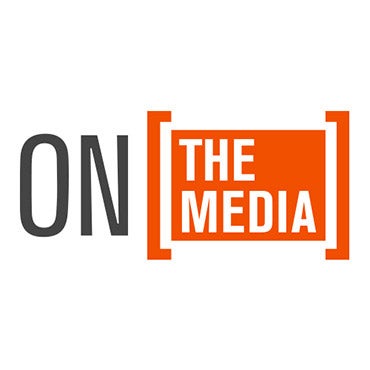Election day and the rituals of democracy
Are you going to vote today? I’m not. Instead, I voted several weeks ago. So have millions of other Americans, via absentee ballots. That’s changing a formerly public act into a private one, which should worry all of us. Across the United States, absentee ballots now account for almost 20 percent of all votes. Two states, Oregon and Washington, conduct their elections entirely by mail. And in seven others, over half of the votes in our last presidential election were cast before Election Day. Why is that a problem? One obvious reason is the threat of fraud. Here in Philadelphia, for example, a federal judge overturned the results of a key state senate election in 1993 because of forged absentee ballots. And despite the recent spate of voter-ID laws, in Pennsylvania and elsewhere, a recent Carnegie-Knight study found just 10 alleged cases of voter impersonation nationwide since 2000; by contrast, there were nearly 500 allegations of absentee-ballot fraud. Absentee ballots are also more likely to be incorrectly cast, which creates headaches for election officials—and controversy about the final outcome. In the last Minnesota race for the Senate, which Al Franken won by 312 votes, officials rejected 12,000 absentee ballots. Not surprisingly, people in states with high absentee voting report the least confidence that their votes have been properly counted. But as states develop more sophisticated signature-recognition systems and other safeguards, we can expect absentee-ballot fraud to decline. The real threat is to our sense of ourselves as a collective democratic body, which is injured when people vote from their kitchens and dining rooms instead of trekking to the polls. To see why, consider how Philadelphians voted when the republic was founded. Everyone casting a ballot had to appear at the Old State House, where Independence had been proclaimed in July of 1776. Its bell tolled every three to five minutes throughout the day, calling an“assemblage of various nations, ranks, degrees, ages, sizes, and complexions”—as one newspaper reported—to perform their civic duty. And they had fun doing it. Young men in makeshift uniforms pushed wooden ships through the streets, proclaiming loyalty to their favored candidates. Oystermen and beer-sellers hawked their wares to the voters, who often bet on the outcome; the next morning, losers might have to shave their whiskers or—in one notorious wager—give up their front teeth. At the time, of course, women couldn’t vote. And although blacks weren’t barred from the polls by law, as one Philadelphian told the famous French visitor Alexis de Toqueville in 1831, they stayed away out of fear for their safety. Seven years later, a state constitutional convention officially restricted the ballot to white males. In 1852, the city established voting districts in different neighborhoods. But violence at the polls continued, often along ethnic and racial lines. Gangs of so-called “toughs” stopped immigrants with strange-sounding accents, demanding to see their papers. And in the most infamous episode, teacher Octavius Catto—the first African-American elected to the Franklin Institute—was gunned down after a race riot on Election Day in 1871, after blacks had won the franchise. By the early 20th century, new voter regulations and stronger policing made Election Day safer. But its carnivalesque character remained, spurred by electronic technologies. In 1912, for example, thousands gathered in front of the Inquirer offices to watch election returns on a huge film screen. They were also treated to a large photograph of themselves, taken an hour earlier and beamed before their eyes. But after World War Two, a new kind of screen would change Election Day forever. Television brought elections into our homes, replacing shared public rituals with private ones. In 1952, on the eve of the second national election to be televised, the Inquirer published special recipe and decoration ideas for Election Night house parties. Yet Americans still had to appear at the polls if they wished to vote. States did offer absentee ballots for soldiers, business travellers, and the sick and disabled. Everyone else had to show up. By 2004, however, 26 states offered“no-excuses” ballots to any citizen who wanted to vote by mail. And 27 million Americans chose that option, up from just 4 million in 1980. I’m one of them. I teach in New York on Tuesdays, making it impossible for me to vote at my local precinct. But I worry that the rising use of the absentee ballot will make democracy impossible, too, or at least improbable. Appearing at the polls affirms our faith in each other, and in America itself. Anyone who can reasonably get there should be required to go._________________________________________________Jonathan Zimmerman teaches history at New York University and lives in Narberth. He is the author of “Small Wonder: The Little Red Schoolhouse in History and Memory”(Yale University Press).
WHYY is your source for fact-based, in-depth journalism and information. As a nonprofit organization, we rely on financial support from readers like you. Please give today.

